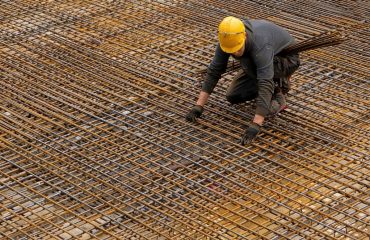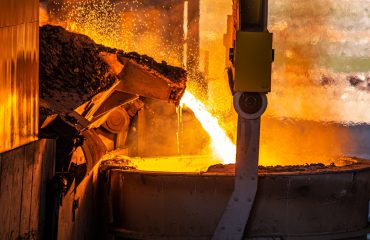body {
font-family: sans-serif;
line-height: 1.6;
}
h1, h2, h3 {
color: #333;
}
img {
max-width: 100%;
height: auto;
display: block;
margin: 20px auto;
}
Cold drawn hexagonal bars are a highly versatile and robust material used extensively in various industries. Their unique hexagonal shape and superior mechanical properties make them ideal for a wide range of applications, from automotive components to construction materials. This comprehensive guide delves into the intricacies of cold drawn hexagonal bars, exploring their manufacturing process, properties, applications, advantages, and selection criteria.
The Manufacturing Process of Cold Drawn Hexagonal Bars
The creation of cold drawn hexagonal bars begins with hot-rolled steel bars. These bars are initially shaped into a round profile. The subsequent cold drawing process is crucial in determining the final quality and characteristics of the bar. This process involves pulling the heated round bar through a series of successively smaller hexagonal dies. The dies are precisely engineered to ensure the accurate shaping and dimensional tolerances of the final product. The cold drawing process significantly enhances the material’s strength and surface finish. This is due to the work hardening that occurs during the drawing process, which increases the yield strength and tensile strength of the steel. The process also improves the surface quality, resulting in a smoother, more precise finish compared to hot-rolled bars. Lubrication is critical during cold drawing to minimize friction and prevent surface defects. The final product undergoes rigorous quality control checks to ensure it meets the specified dimensions and mechanical properties.
Mechanical Properties and Material Grades
Cold drawn hexagonal bars are available in a variety of steel grades, each offering specific mechanical properties. Common grades include low carbon steel, medium carbon steel, and alloy steels. The choice of grade depends largely on the intended application. Low carbon steel grades are suitable for applications requiring good formability and weldability, while medium and high carbon steel grades offer increased strength and hardness. Alloy steels provide enhanced properties such as corrosion resistance and high temperature strength. Key mechanical properties to consider include tensile strength, yield strength, elongation, and hardness. These properties are significantly improved compared to hot-rolled equivalents, resulting in a stronger and more durable final product. Detailed specifications for each grade are typically available from the manufacturer.
Diverse Applications Across Industries
The versatility of cold drawn hexagonal bars makes them suitable for a vast array of applications across diverse industries. In the automotive industry, they are used in the manufacturing of various components, including axles, shafts, and connecting rods. The construction industry utilizes these bars for reinforcing structures and creating custom-designed components. The manufacturing industry uses them in machinery parts, tools, and fixtures. Other applications include the production of hydraulic cylinders, fasteners, and various specialized components. The precise dimensions and superior surface finish make them ideal for applications requiring close tolerances and high-quality finishes.
Advantages of Using Cold Drawn Hexagonal Bars
Several key advantages make cold drawn hexagonal bars a preferred choice over other materials: Firstly, their superior strength and hardness compared to hot-rolled counterparts offer enhanced durability and longevity. Secondly, the precise dimensions and surface finish reduce the need for secondary machining, saving time and costs. Thirdly, the improved surface quality reduces the likelihood of surface defects, leading to better fatigue resistance. Fourthly, the availability of various steel grades caters to a wide range of application requirements. Finally, their consistent quality and reliability ensure predictable performance in demanding applications.
Selecting the Right Cold Drawn Hexagonal Bar: A Guide
Selecting the appropriate cold drawn hexagonal bar requires careful consideration of several factors. The most crucial factor is the intended application and the required mechanical properties. The specific steel grade should be chosen based on the application’s demands for strength, hardness, ductility, and other properties. Dimensional tolerances are another critical consideration, especially for applications requiring precise fitting and assembly. Surface finish requirements also play a significant role; certain applications may necessitate a smoother surface finish than others. Finally, cost-effectiveness should be factored in, balancing the material cost with the overall project cost and the potential for reduced machining costs.
Choosing the right cold drawn hexagonal bar ensures optimal performance and longevity in your project. By understanding the manufacturing process, material properties, and application requirements, you can make an informed decision that meets your specific needs.




